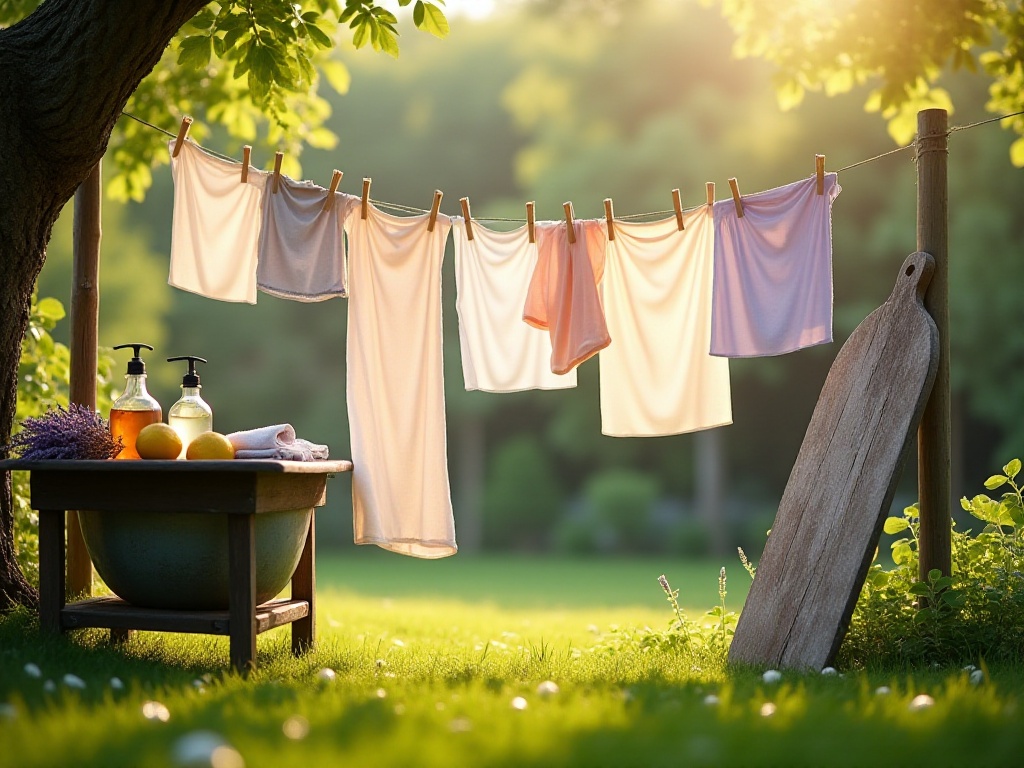
Opening Thoughts
As a young person who just started living independently, I deeply understand the importance of clothing care. I used to be a complete novice at clothing maintenance, carelessly tossing clothes into the washing machine regardless of fabric or color, which resulted in many beloved garments becoming unwearable after just a few uses. After years of exploration and learning, I've finally evolved from a clothing care novice into a lifestyle expert among my friends. Today, I want to share all my insights and experiences with everyone, so that each person can become a practitioner of refined living.
Daily Maintenance
Air, this invisible and intangible element, is actually the most natural and safest cleaning agent. When I first started working, I thought clothes needed washing after every wear, which not only exhausted me but also ruined many garments. Later I learned that many clothes don't need washing after each wear.
Take my favorite camel wool coat for example - wearing it to and from work without sweating doesn't require frequent washing. After each wear, I hang it on a balcony rack to air out, and by the next morning it's fresh again. This method works especially well for wool sweaters, cashmere garments, and cotton-linen shirts. Excessive washing can actually damage fabrics and accelerate aging.
As for synthetic fabrics, while they're wrinkle-resistant, they can attract dust due to static electricity. My approach is to use steam ironing, which both removes wrinkles and eliminates odors. I have a favorite chiffon dress that I gently steam after each wear with a handheld steamer, and it still flows beautifully after more than two years.
Speaking of steam care, it's absolutely one of my favorites. I remember once before attending a friend's wedding, I opened my closet to find my silk dress completely wrinkled. There wasn't time to send it for dry cleaning, but fortunately I had a steam iron at home. Using low temperature mode and steaming through a thin cloth, the dress restored its smooth, flowing state in less than ten minutes. Since then, this little helper has become my precious tool.
Different fabrics require different care methods. For wool sweaters, I regularly hand wash them with professional wool detergent, keeping water temperature around 30 degrees, gently squeezing without rubbing. After washing, I use a towel to absorb excess water and lay them flat to dry. This keeps wool sweaters fluffy and soft, preventing pilling and deformation.
Silk garment care requires even more patience. After each wash, I soak them in diluted hair conditioner for a few minutes to maintain their shine. When drying, avoid direct sunlight and prefer shaded, ventilated areas. It's particularly important to never use regular hangers for silk garments - always use wide wooden hangers to prevent shoulder marks.
Jeans care also has its tricks. New jeans should first be soaked in cold water with a bit of vinegar to set the color. During regular wear, unless there are obvious stains, frequent washing isn't necessary. I usually just turn jeans inside out and air them on the balcony. If washing is necessary, always use cold water and preferably hand wash to maintain the original texture and fit.

Immediate Treatment
On my journey of clothing care, my deepest realization is: stain treatment is best done immediately. Once at a café, I accidentally spilled latte on my favorite beige wool coat. I immediately used tissues to gently absorb the surface coffee, then rinsed with mineral water, and used professional stain remover as soon as I got home. The coat ended up perfectly fine - I wouldn't have believed such results possible if I hadn't experienced it myself.
Different stains require different treatment methods. Oil stains are the most common problem, like oil splashes from hot pot on clothes. Don't panic or rinse with water - directly rub chalk back and forth on the oil stain. Chalk has strong oil absorption properties, and you'll soon see the stain gradually fade. Once it's mostly gone, treat it with professional oil stain remover.
Wine stains are also troublesome. Once at a friend's gathering, I accidentally spilled red wine on a white T-shirt. I immediately sprinkled salt on the stain, waited for the salt to absorb the wine, then rinsed with cold water. Although a faint mark remained, it was much better than leaving it untreated.
As for ink stains, many might not know that milk is actually great for removing ink. Once when writing with a fountain pen, I accidentally got ink on my shirt cuff. I immediately soaked the cuff in milk, and surprisingly, the ink stain gradually faded. I later learned that the protein in milk can break down ink.
For stains on special fabrics, extra care is needed. For instance, with stains on cashmere garments, never rub forcefully as this can cause pilling. My approach is to gently pat with professional cashmere stain remover, then press with an absorbent towel. Although this process might need repeating several times, it's better than ruining the garment.
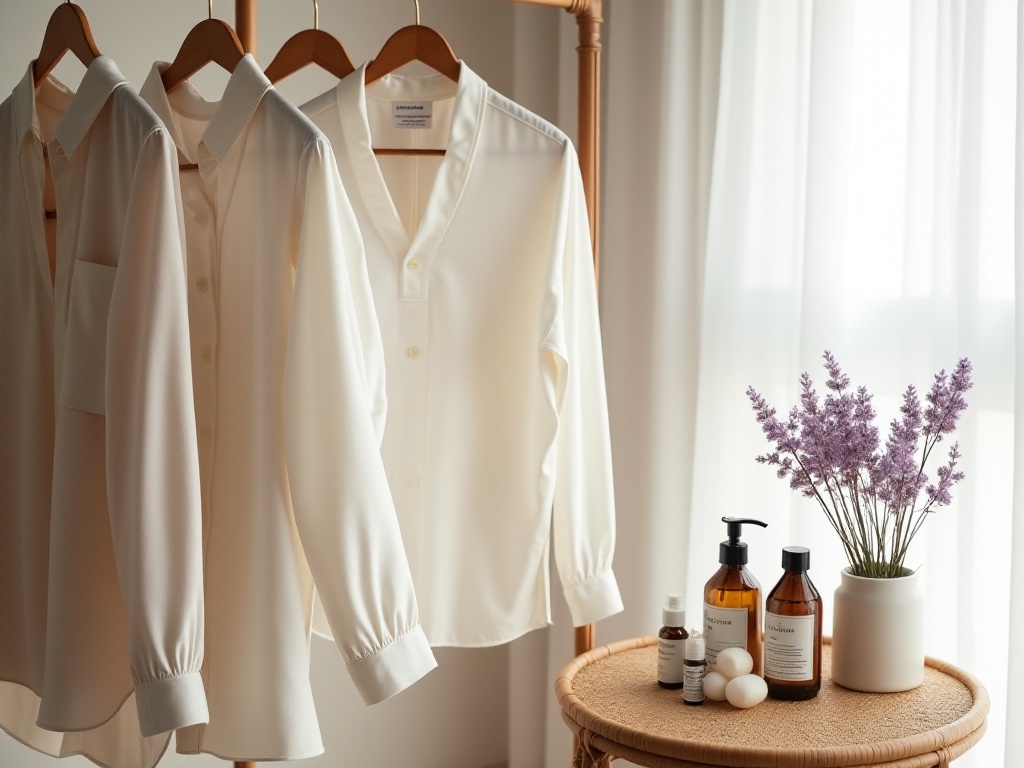
Scientific Washing
Speaking of washing, this is truly a science. When I first started living independently, I was a typical "laundry killer," throwing everything into the washing machine regardless of color or fabric. The results were predictable: white clothes got dyed, wool shrunk, silk wrinkled - it was horrible.
After countless failures and lessons, I developed a scientific washing method. First is sorting, which is extremely important. I separate clothes by color into dark, light, and white categories. Then subdivide by fabric: cotton, synthetic, wool, silk, etc. Each category requires different washing methods and specific detergents.
Dark clothes are best washed in cold water, especially jeans and black T-shirts that easily fade. I add some vinegar to the water for color fastness. Use detergent specifically for dark clothes, as regular laundry powder can make dark clothes turn white.
White clothes' washing is also particular. To prevent yellowing, I regularly soak them in oxygen-based bleach. But note that bleach shouldn't be poured directly onto clothes - first mix it with warm water before adding clothes. And don't soak for more than 30 minutes, or it will damage the fabric.
Wool and cashmere cleaning requires more patience. Water temperature must be below 30 degrees, use professional wool detergent, gently press rather than rub. After washing, absorb water with a towel and lay flat on a drying rack. If in a hurry, use a fan to speed drying, but never use a dryer.
Regarding washing machine use, I have several insights. First, don't overload the machine. Though it seems time and energy efficient, clothes won't get clean and might tangle. My experience is to leave one-third space in the machine for clothes to tumble properly for best washing results.
Detergent amount should be moderate. Many think more detergent means cleaner clothes, but that's not true. Excess detergent not only prevents proper cleaning but leaves residue causing clothes to become stiff and yellow. I generally adjust amount based on clothes weight and soil level - better too little than too much.
For delicate items like silk, lace, or sequined clothes, dry cleaning is best. Though more expensive, it's more economical than ruining clothes. Many dry cleaners now offer pickup and delivery service, saving the hassle of trips.
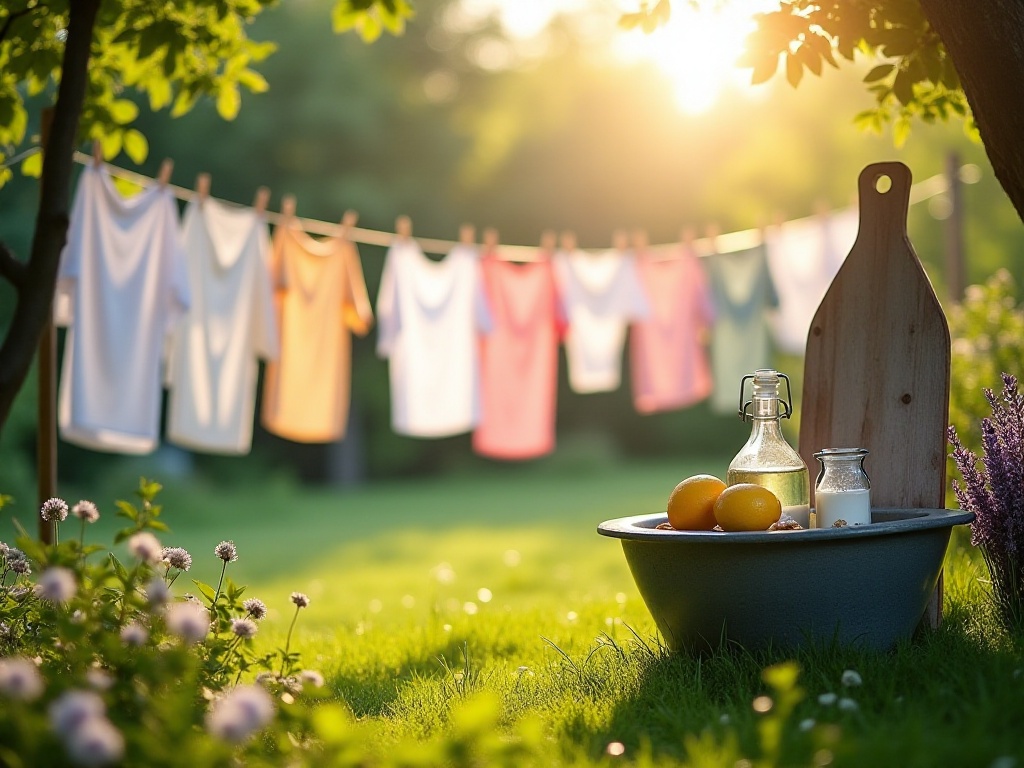
Drying Tips
Drying seems simple but done right can make clothes more comfortable and last longer. My balcony is a mini drying laboratory, equipped with various hangers, clotheslines, and drying racks.
Wool sweater drying is most particular. After washing, they must be laid flat on a drying rack, never hung on hangers which can cause shoulder deformation. For large wool sweaters, I lay a clean towel on the drying rack to speed water absorption. Avoid direct sunlight when drying, preferring ventilated, shaded areas.
Shirt drying also has techniques. I use wooden or thick non-slip hangers to maintain shirt shape. Button them up, stand the collar, straighten sleeves. For freshly washed shirts, slight adjustment while still damp means fewer wrinkles when dry.
Jeans are best dried inside out to prevent sun-fading. Use two clips to secure the waistband, letting pants hang naturally for straight fit. For skinny jeans, gentle stretching before drying makes them more comfortable to wear.
Athletic shoe drying is also important. After each workout, I remove insoles to dry separately. Shoes should air dry naturally in ventilated areas, avoiding dryers or direct sun which can damage materials. For very wet shoes, stuff with newspaper to absorb moisture, but remember to change paper regularly.
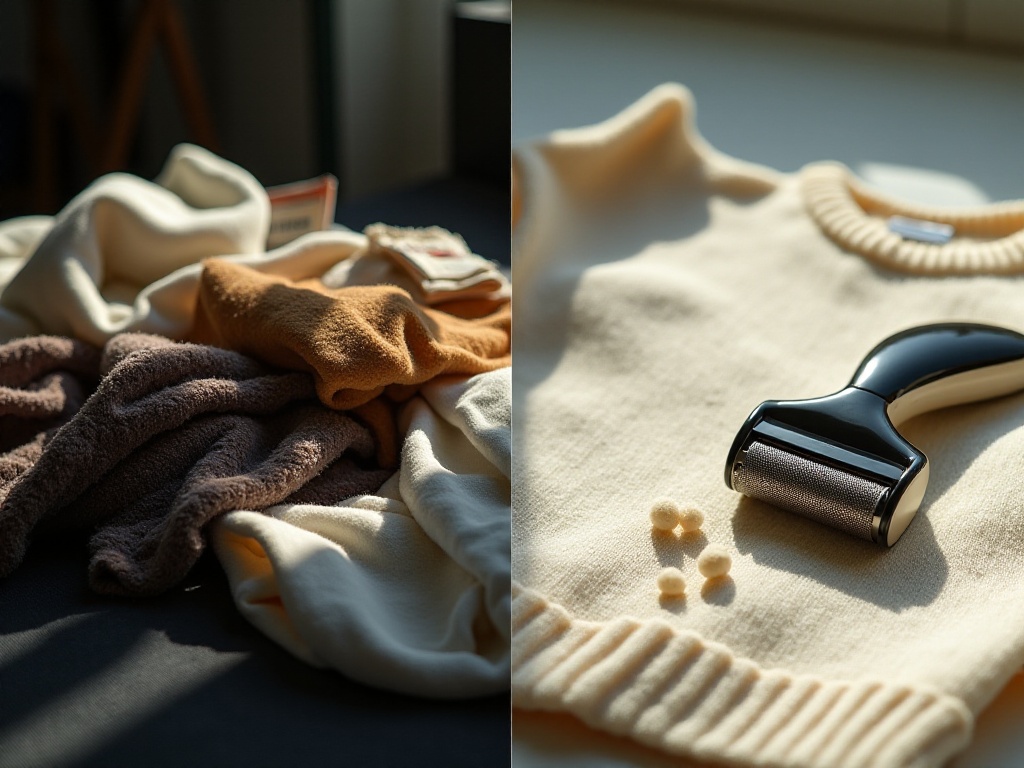
Perfect Storage
Storage is key to maintaining clothes' long-term condition. I keep several natural sachets in my closet - lavender, citronella, mothballs - which not only keep clothes fresh but prevent insects and mold.
Hanger choice is important. Different clothes need different hangers: suits and coats need boutique-style wooden hangers; knitwear and T-shirts need wide non-slip hangers; pants need special trouser hangers. This better maintains garment shape.
Folding clothes is also an art. I like the Japanese housewife-recommended vertical storage method, storing clothes upright in drawers, saving space and facilitating access. Sweaters folded square go in top drawers; shirts neatly folded in middle drawers; underwear and socks categorized in storage boxes.
Seasonal storage is crucial. I store less-worn clothes in vacuum storage bags, saving space while preventing dust and insects. Note that down jackets and wool sweaters shouldn't use vacuum bags - better stored in breathable fabric bags.
Through years of exploration and practice, I deeply feel that clothing care isn't troublesome but a lifestyle attitude. When every piece in your wardrobe maintains its best condition, opening your closet brightens your mood.
Actually, refined living isn't distant - just willing to pay attention to details makes everyone a lifestyle expert. Looking forward to more people joining the refined living ranks, creating a life full of aesthetic beauty together.
If you have unique clothing care tips, welcome to share with everyone. Let's learn from each other and progress together on this path of pursuing quality life. After all, improving life quality depends on everyone's careful cultivation.
Next
Confessions of a Nutritionist: How I Used Scientific Methods to Help 100 Patients Improve Their Eating Habits
A comprehensive guide exploring healthy eating habits and clothing care, covering nutritional principles, dietary control, and eco-friendly garment maintenance methods for a healthy and sustainable lifestyle
After Three Years, I Finally Figured Out How to Do Laundry - Here's What I Learned
A comprehensive guide to clothing care, covering daily washing classification, special fabric maintenance, stain and odor removal, drying and storage techniques, helping readers master scientific clothing care methods to extend garment life
Save Your Precious Wardrobe: Laundry Tips to Keep Your Clothes Looking New
A comprehensive guide to clothing care covering sorting methods, pre-treatment techniques, washing instructions, drying and storage solutions, and effective stain removal methods for various fabric types
Next

Confessions of a Nutritionist: How I Used Scientific Methods to Help 100 Patients Improve Their Eating Habits
A comprehensive guide exploring healthy eating habits and clothing care, covering nutritional principles, dietary control, and eco-friendly garment maintenance methods for a healthy and sustainable lifestyle
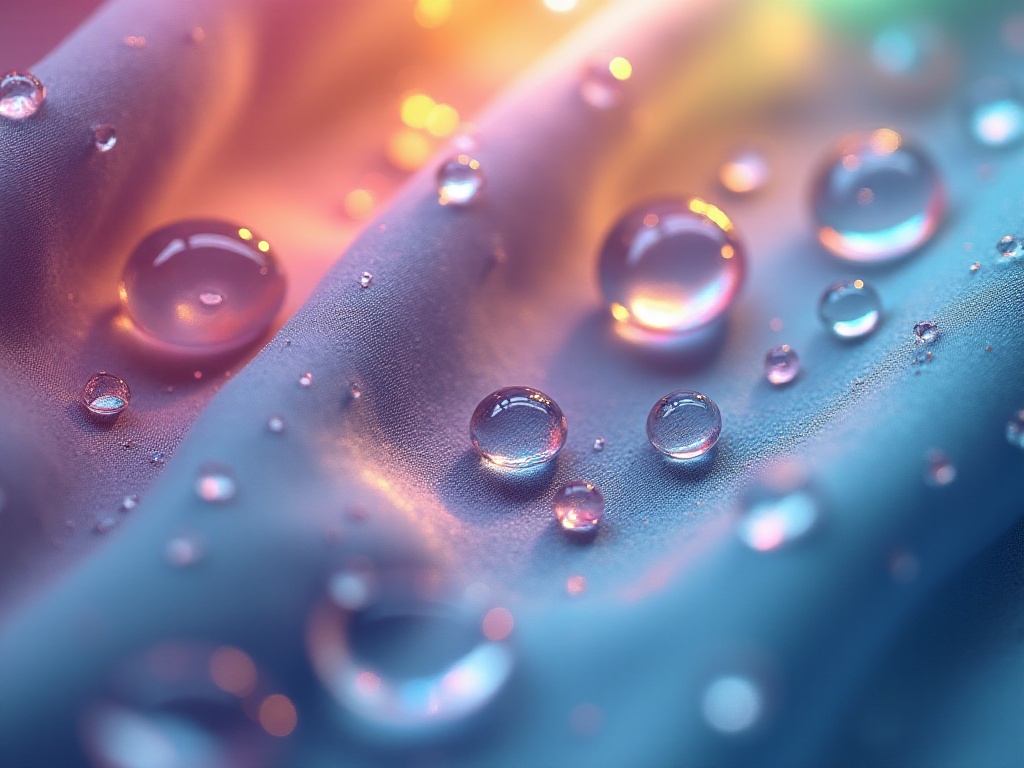
After Three Years, I Finally Figured Out How to Do Laundry - Here's What I Learned
A comprehensive guide to clothing care, covering daily washing classification, special fabric maintenance, stain and odor removal, drying and storage techniques, helping readers master scientific clothing care methods to extend garment life

Save Your Precious Wardrobe: Laundry Tips to Keep Your Clothes Looking New
A comprehensive guide to clothing care covering sorting methods, pre-treatment techniques, washing instructions, drying and storage solutions, and effective stain removal methods for various fabric types


